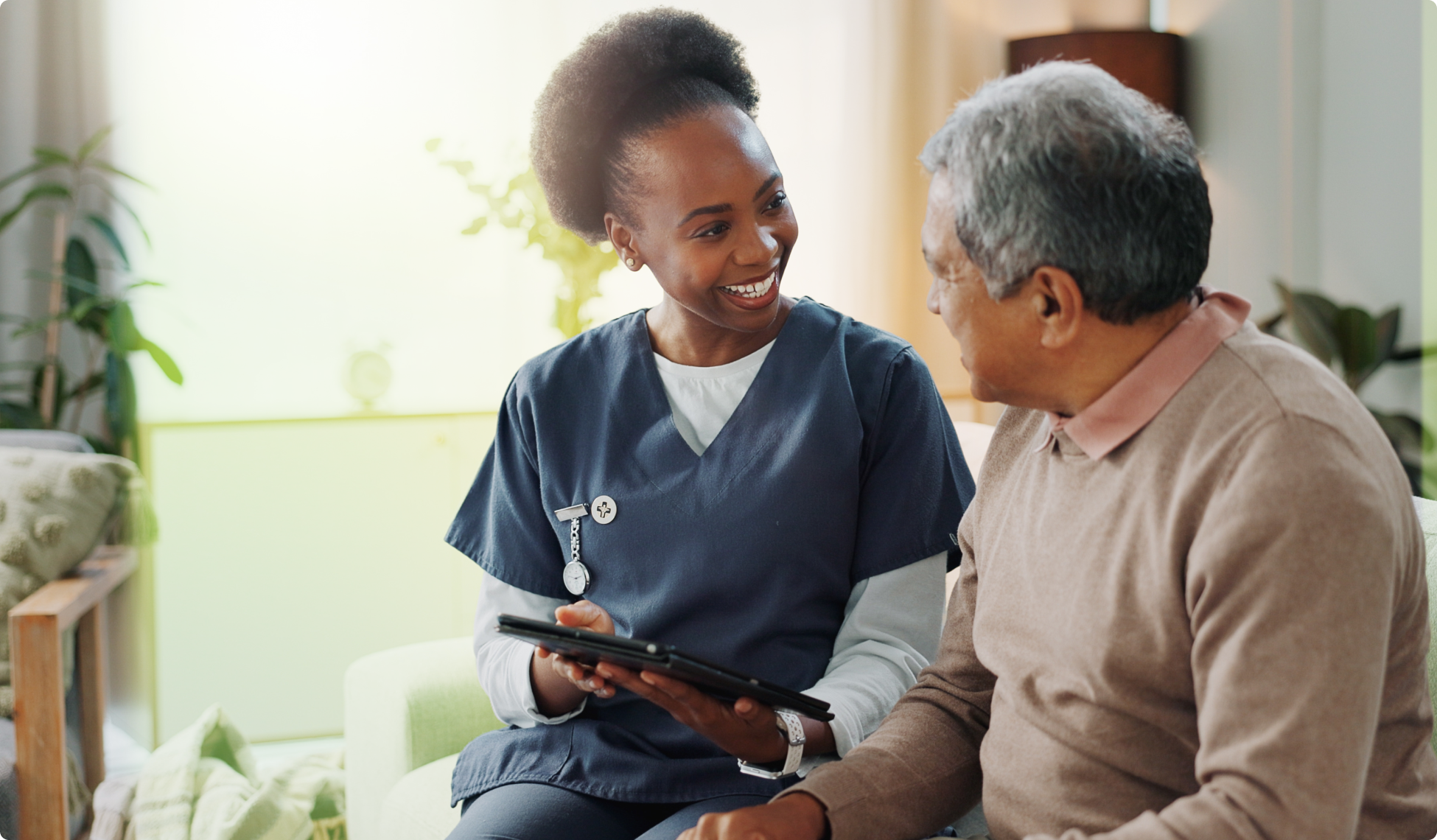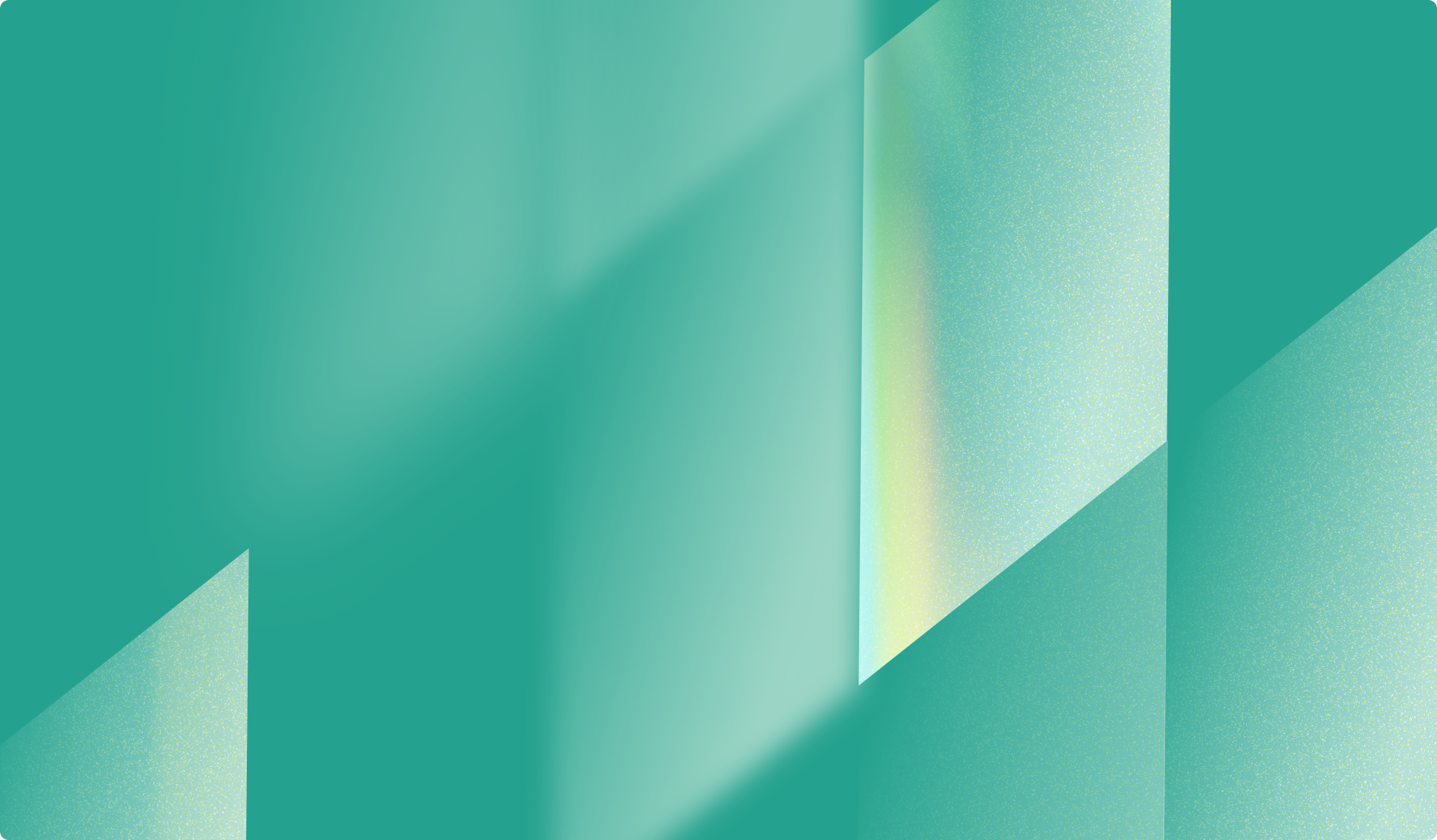Strategic planning is essential for companies to align on priorities, establish goals, and measure performance. However, the process can often become complex and disjointed when managed through static documents and spreadsheets. Jira Align provides a powerful way to streamline strategic planning and enable real-time tracking of key initiatives.
In this post, we’ll walk through how to optimize strategic planning in Jira Align. We’ll cover:
- Getting started with structuring objectives and initiatives
- Developing dynamic roadmaps tied to your strategy
- Fostering collaboration across teams
- Tracking progress and measuring strategic impact
- Ongoing best practices for maintaining alignment
Let’s dive in!
Getting started with strategic planning in Jira Align
The first step is structuring your strategy in Jira Align.
Using OKRs
This involves setting up company objectives and key results (OKRs) to define measurable goals. You can then map initiatives and projects to each objective to operationalize your strategic plan.
When creating objectives, clearly define the desired outcome and how it will be measured. For example, an objective could be “Increase customer retention by 5% by Q4”.
With the objective set up, you can then establish key results—the quantifiable metrics that measure achievement of the goal. For our example, key results could be improving net promoter score to over 8.0, and decreasing churn rate below 10%.
Using Initiatives
Once your OKRs are established, you can start adding initiatives into Jira Align. Initiatives are the high-level programs and projects required to hit your objectives.
Adding owners, estimates, and dependencies helps manage stakeholder involvement and execution.
Using permissions
You can also manage permissions in Jira Align to control who can view and edit various plans based on their role. This helps keep strategic plans visible to executives while allowing project teams to collaborate.
Developing strategic plans and roadmaps
One of the most powerful features in Jira Align is the ability to visualize strategic plans in roadmap form. This provides a high-level timeline of all initiatives mapped to objectives across planning horizons.
- Establish milestones – Roadmaps can be structured across custom tiers to represent key milestones like quarterly goals, product releases, or project stages.
- Organize initiatives – Initiatives are then placed on their respective tiers based on estimated delivery dates.
- Define dependencies – Project managers can define dependencies between initiatives to automatically sequence them. For example, an initiative to “Build CRM Integration” could be set to depend on “Complete Customer Database Migration” finishing first.
- Experiment with scenarios – Jira Align enables scenario roadmapping with base case, aggressive, and conservative plans. This allows modeling tradeoffs to optimize investment mix and capacity planning.
- Keep it up to date – As initiatives get underway, owners can update completion percentage to denote progress. Roadmaps auto-recalculate timelines when changes occur, keeping stakeholders aware of shifts.
- Monitor and adjust – Different views like Gantt charts allow drilling into initiative details like assigned resources, budgets, and risks. Calendars make it easy to check for conflicts across resource utilization.
- Share and report – Roadmaps can be shared via interactive dashboards or exported as presentation-ready slides. The visuals provide executives an end-to-end view of strategic plans, facilitating better decision making.
With Jira Align roadmapping, organizations gain a living, breathing plan that updates in real-time versus static documents. This enhances coordination across business units and teams to drive strategy execution.
Collaborating across teams in Jira Align
Strategic planning requires alignment between executives, managers, and frontline teams to be successful. Jira Align provides several ways to break down silos and improve cross-functional collaboration.
- Interactive roadmap sharing – Initiative owners can share live roadmap views with other teams or groups. This fosters transparency into how their work ties into larger company goals and interdependent initiatives. Commenting allows discussions right on roadmaps.
- Integrations with communication tools – Jira Align integrates with Confluence and Slack for real-time collaboration. Status updates made in Jira Align can automatically flow into Confluence docs or Slack channels. This keeps everyone looped in.
- Managing stakeholders – Initiative owners can tag stakeholders from other groups. These stakeholders then receive alerts on progress updates related to their work, facilitating coordination.
- Team progress reporting – Managers can pull progress reports filtered by team or department. This enables checking alignment across the organization and having data-driven conversations to resolve execution gaps.
- Organization-wide access – With flexible permissions, Jira Align can provide company-wide transparency while limiting editing access as needed. This enables top-down and bottom-up visibility.
In summary, Jira Align breaks down team and departmental silos through seamless information sharing, notifications, integrations, and access controls. This leads to improved coordination and higher likelihood of successfully executing strategic plans enterprise-wide.
Tracking and measuring strategic plans
Jira Align provides robust capabilities for tracking objective progress and strategic plan KPIs in real-time.
Check out our four-part series on Jira Align reporting, starting with The Power of Team Level Reporting in Jira Align (Part 1 of 4).
Customizable dashboards offer at-a-glance views of portfolio health, budget-versus-actual costs, and completion percentage for company goals. Drilling into objectives shows up-to-date progress towards key results as well.
For a more detailed analysis, Jira Align’s reporting allows you to:
- Monitor initiative delivery and identify late projects
- Spot resource bottlenecks across plans
- Analyze burn rates and forecast future progress
- Track progress by department, product line or other dimensions
- Export presentation-ready reports to update executives
As teams execute on initiatives, they can update progress directly on Jira Align roadmaps. This allows timelines to dynamically adjust based on real-world changes, keeping strategic plans reality-grounded.
For example, if a product launch gets delayed, initiative owners can easily drag-and-drop milestones on their roadmaps. Dependent initiatives then automatically shift based on the new timelines.
This lets organizations pivot gracefully versus rigidly sticking to outdated plans when business or market conditions change.
To maintain alignment, initiative owners can continually update key result metrics as outcomes are measured. Adding comments also enables teams to collaborate and provide context on progress changes.
With Jira Align’s robust tracking and measurement capabilities, organizations can closely monitor strategic plan effectiveness and rapidly adapt execution to drive better results. The key is maintaining up-to-date plans and making data-driven decisions based on real-time insights.
Tips for ongoing success
Here are some best practices to get continued value from Jira Align for strategic planning:
- Review and update roadmaps quarterly – Set time on the calendar to evaluate progress and realign as needed.
- Create templates for consistent plans – Build on templates each planning cycle rather than starting from scratch.
- Automate data integrations – Link Jira Align to other systems to maintain up-to-date plans.
- Assign initiative owners – Ensure every initiative has an owner responsible for execution.
- Train all stakeholders – Provide training on Jira Align to foster adoption across the organization.
Following these tips will help ingrain Jira Align into your recurring strategic planning process.
In conclusion
Jira Align provides an optimized way to streamline strategic planning and gain organization-wide transparency.
- By structuring goals in Jira Align, teams gain clear line of sight into how their work ties back to company objectives.
- With real-time roadmaps and progress tracking, organizations can dynamically adapt as business conditions change; cross-team alignment also improves through integrated planning.
- Getting started with Jira Align involves laying out objectives, initiatives, and key results. From there, teams can develop roadmaps, collaborate across tools, and track progress towards strategic goals.
- Following best practices around consistent reviews, updates, automation, and training will ensure continued success.
With Jira Align, companies can connect high-level planning to execution and make strategic planning a living, breathing process. Stay tuned for Part 2, where we will consider How AI is Transforming Strategic Planning in Jira Align.





 Atlassian Jira is a powerful project management tool used by thousands of organizations worldwide. With its user-friendly interface and robust features, Jira makes it easy to track and manage complex projects.
Atlassian Jira is a powerful project management tool used by thousands of organizations worldwide. With its user-friendly interface and robust features, Jira makes it easy to track and manage complex projects. JSM also offers multiple scalability options, including customizable workflows,
JSM also offers multiple scalability options, including customizable workflows, 
 Cprime’s and Asana’s dynamic solutions converge to solve for
Cprime’s and Asana’s dynamic solutions converge to solve for  To be successful in today’s business landscape, you need to be agile and efficient. One way to achieve this is by adopting modern, cloud-based tools like Atlassian Cloud. However, simply adopting the tool isn’t enough. You must fine-tune your processes and workflows to fully incorporate Atlassian Cloud capabilities.
To be successful in today’s business landscape, you need to be agile and efficient. One way to achieve this is by adopting modern, cloud-based tools like Atlassian Cloud. However, simply adopting the tool isn’t enough. You must fine-tune your processes and workflows to fully incorporate Atlassian Cloud capabilities. Performing repetitive tasks manually is laborious and cumbersome. Besides being wildly inefficient, it’s not beneficial to employee morale. Assigning someone to perform these duties under-uses and undervalues their expertise. If your pre-migration processes relied on performing tasks manually, you’ll want to adjust those processes once you’ve moved to Atlassian Cloud.
Performing repetitive tasks manually is laborious and cumbersome. Besides being wildly inefficient, it’s not beneficial to employee morale. Assigning someone to perform these duties under-uses and undervalues their expertise. If your pre-migration processes relied on performing tasks manually, you’ll want to adjust those processes once you’ve moved to Atlassian Cloud. Another reason to update your organization’s processes is to improve inter-team communication and reduce siloing. If silos bind your pre-migration workflows, you’ll actively need to fight siloing leading up to and following your Atlassian Cloud migration.
Another reason to update your organization’s processes is to improve inter-team communication and reduce siloing. If silos bind your pre-migration workflows, you’ll actively need to fight siloing leading up to and following your Atlassian Cloud migration. Solution Partners can also provide ongoing support and training to ensure your organization uses Atlassian Cloud tools to their full potential.
Solution Partners can also provide ongoing support and training to ensure your organization uses Atlassian Cloud tools to their full potential. The two key attributes of Atlassian Cloud tools that always need customization are functionality and appearance, which affect how a team uses the tool.
The two key attributes of Atlassian Cloud tools that always need customization are functionality and appearance, which affect how a team uses the tool. Atlassian Cloud provides several tools that you can use for various use cases. The following explores how you can customize Atlassian Cloud tools to suit your DevOps, ITSM, and Agile workflows.
Atlassian Cloud provides several tools that you can use for various use cases. The following explores how you can customize Atlassian Cloud tools to suit your DevOps, ITSM, and Agile workflows. Agile processes are a set of iterative and incremental software development methodologies that prioritize collaboration, flexibility, and customer satisfaction. Based on the agile manifesto, agile development involves delivering work in smaller increments.
Agile processes are a set of iterative and incremental software development methodologies that prioritize collaboration, flexibility, and customer satisfaction. Based on the agile manifesto, agile development involves delivering work in smaller increments. 